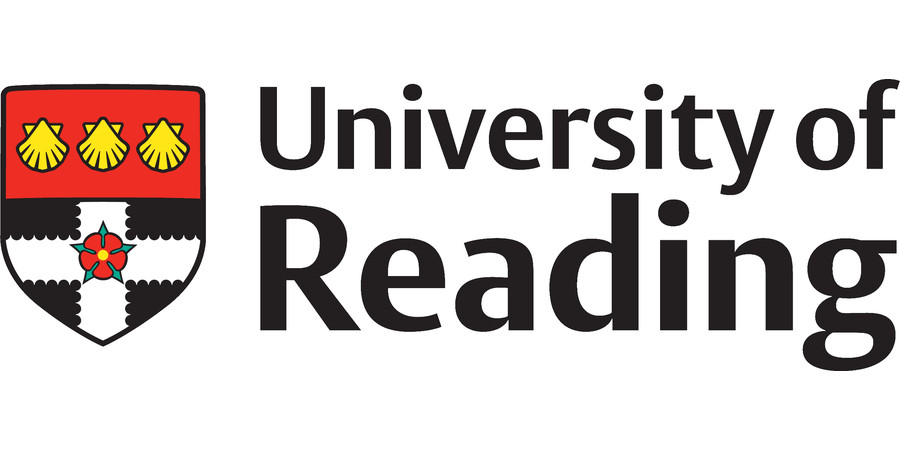PhD Studentship: Detecting Creeks in Reclaimed Saltmarshes
University of Reading
| Qualification Type: | PhD |
|---|---|
| Location: | Reading, Hybrid/On-site |
| Funding for: | UK Students |
| Funding amount: | £16.43 per hour |
| Hours: | Full Time, Part Time |
| Placed On: | 22nd May 2025 |
|---|---|
| Closes: | 20th June 2025 |
Supervisor details:
Lead Supervisor
Jonathan Dale, j.j.dale@reading.ac.uk, GES
Co-supervisors
Rob Fry, r.j.fry@reading.ac.uk, GES
Project description:
Many areas of saltmarsh were historically embanked, drained and reclaimed for agriculture, but now efforts are being made to restore them through a process called managed realignment. A key feature in the design of managed realignment sites is the construction of creek networks to ensure the transfer of water, sediment and nutrients around the site. However, the current approach to site design involves the use of pre-existing agricultural drainage ditches and linear steep sided cut channels, which can restrict creek development and negatively impact site functioning. This project will use remote sensing, geophysical surveying and sedimentological indicators to develop a methodological framework for the detection of creek networks present before the site was reclaimed. This will lead to the construction of a more natural creek system in new managed realignment sites, helping to improve how these habitats are restored and advancing the approach taken in coastal wetland restoration attempts.
Student profile:
The student should have knowledge of remote sensing, geophysics or sediment analysis. It is not expected that the student will have skills in all these areas, but some experience of at least one would be preferable.
Support:
The project is being conducted in collaboration with the Environment Agency, who are targeting a 15% increase in saltmarsh extent in the next 20 years. The Environment Agency will join us on site during field work, and the student will be encouraged to share their findings to help inform the design of future sites.
Feasibility:
The student will collect high resolution multispectral data and geophysical measurements (Weeks 1 and 2). These measurements will then be incorporated into a GIS and compared to historical records of the position of channel networks prior to reclamation, such as aerial photography, to validate the remote sensing and geophysical datasets (Week 3). The final weeks (4 to 6) will be used to explore variations in sediment samples collected whilst in the field to identify which sediment properties could be used to validate remote sensing and geophysical measurements at sites where historic records do not exist.
Scope for initiative:
The student will need to identify which spectral indices, such as NDVI, SAVI and EVI, provide the best indication of former channel networks. Original thought could also be demonstrated in developing the method of comparing measurements to the pre-existing data and the strategy for collecting sediment samples.
Remote Working:
Is this project suitable for remote working? Partially
Remote working details: On site attendance will be required for the laboratory work. The GIS and remote sensing analysis could be conducted remotely.
Flexibility:
Is it possible to do this project part-time? Yes
How to apply:
Apply online via the above ‘Apply’ button.
Advert information
Type / Role:
Subject Area(s):
Location(s):









